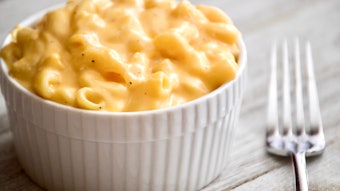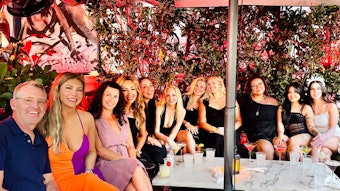When talking recently with Stella Yfantidis, founder of Whatever Yoga & Healing Space in Singapore, the conversation turned from achieving balance and health—a concept often repeated as the current goal of the baby boomers—to Generation Jones, a group who is also looking for this same thing.
The spa industry knows about the baby boomer generation and how influential it is to the spa market—often seen as being the core. However, what Yfantidis and others are suggesting is that more attention needs to be paid to this “other” generation—Generation Jones—said to be the largest adult generation in the United States, according to the U.S. Department of Commerce, Bureau of the Census. This generation includes those ages 41–52; born approximately between 1954–1965. And, according to the 2006 ISPA Spa-goer Study, this is the demographic of the typical spa client.
Generation Jones, Jonesers—call them what you will—this category allegedly was coined by Jonathan Pontell, a U.S. social commentator and yes, also a Joneser. “Generation Jones is distinguished by its pragmatism, its tempered skepticism, but perhaps most importantly by the quality of Jonesing—slang for a longing or craving,” he explains to writer Gabriel Spitzer in a Media Life magazine article. “There’s a lot of yearning in this generation. The word ‘commitment’ was used a great deal during our childhood. So in a sense, we feel owed.”
According to MetLife Mature Market Institute, 2004, the spending power of the Jonesers is $1 trillion. Scarborough Research states that people in this demographic account for 43% of those with an income of more than $100,000 per year. And, according to Pontell, 48% of homeowners are Jonesers, and nearly half of homes valued above $400,000 are owned by this demographic group. In a nutshell, people are starting to take notice that this generation has—yes—money.
How can spas appeal to this affluent group of consumers who considers its time precious, is extremely hard-working and values family life?
“We need to learn to market to these consumers and focus on what they are interested in,” stresses Yfantidis. “Spas have been targeting the baby boomers, which the Jonesers don’t relate to. They don’t identify with the baby boomers or Generation X. Generation Jones makes up 40–50% of the spa market. The market is dominated by them, so it makes sense to market to them with what they identify.”
Some suggestions include:
According to Angela Cortright, owner of Spa Gregorie’s in Newport Beach and Rancho Santa Margarita, California, Generation Jones makes up a significant portion of today’s spa client base.
“Members of this age group are seeing signs of aging, and want treatments and home care to slow it down on their faces,” she says. “They appreciate taking care of themselves and see the value in stress relief. No problem spending money to look and feel better! They influence their daughters and sons, who become our future clients. Some bring their hubbies in, too. With skin care, they want products that work—that make a difference in their skin. They are young enough to be hip, often sharing clothes, belts and bags with daughters who still live at home, but are old enough to be able to afford and appreciate good spa treatments and skin care.”
So spa professionals, put on your marketing hats! To quote Pontell, “Generation Jones has not yet spoken, but it’s clearing its throat.”
Until next month,
Melinda Taschetta-Millane
Editor in Chief










